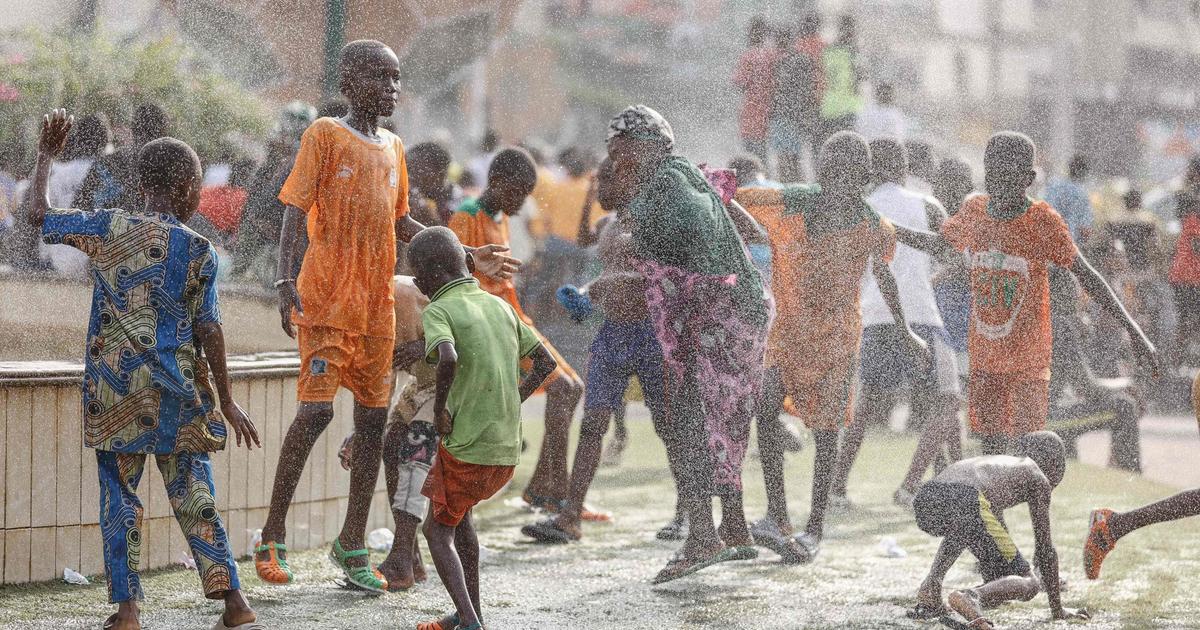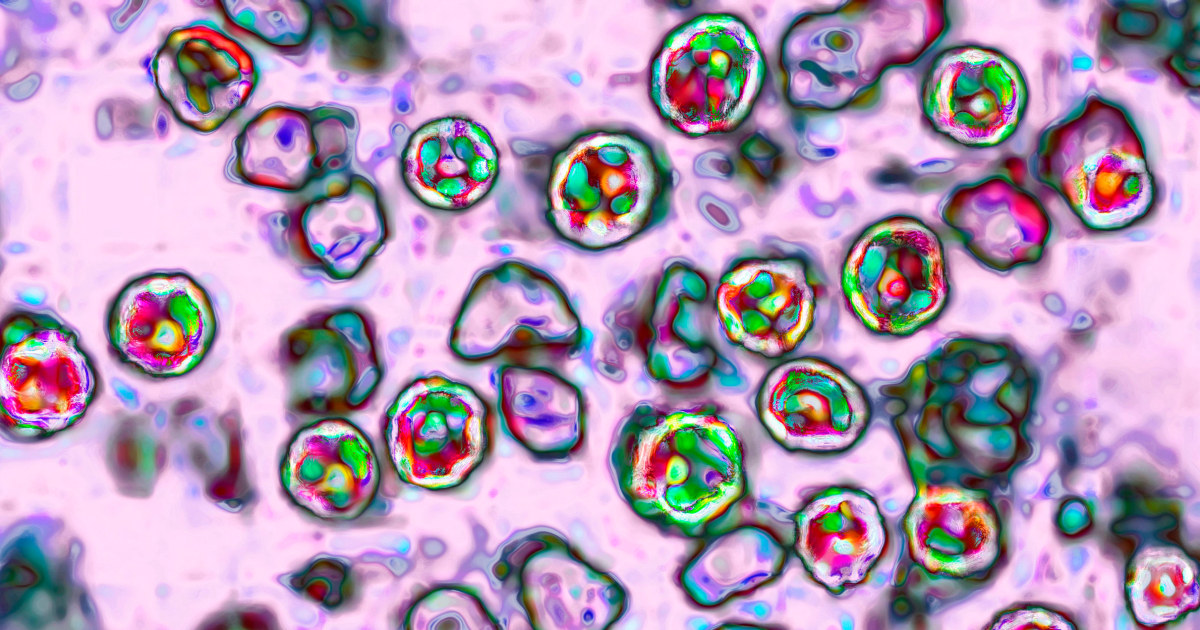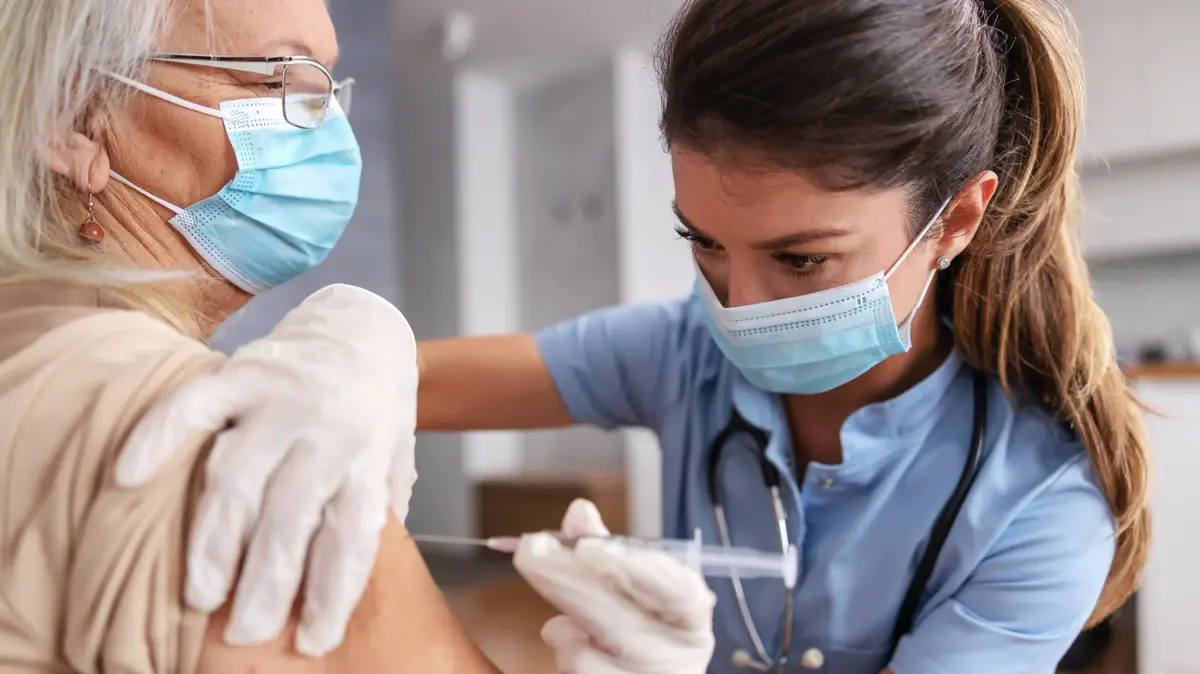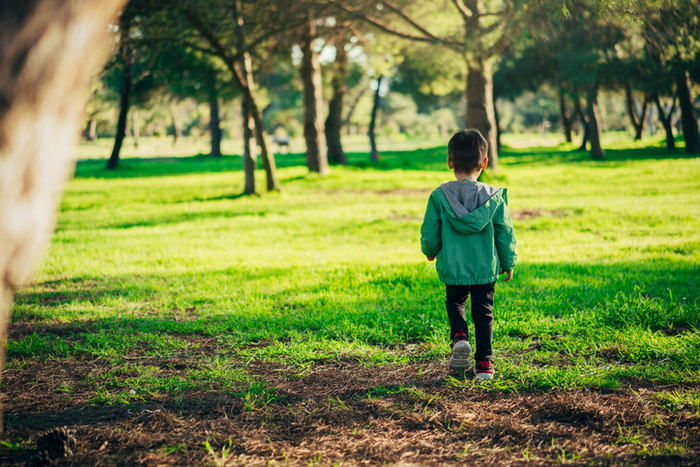In Spain, childhood pneumonia is easy to prevent and treat.
The cases that cannot be avoided with the rigorous vaccine are confirmed with an X-ray and are cured with a few doses of antibiotics.
In severe cases, the child is referred to the hospital and given oxygen to keep him afloat until the lungs clear and he can breathe normally again.
“With these solutions in place, no child should die of pneumonia today,” says David del Campo, Save the Children's Director of International Cooperation and Humanitarian Action.
SPECIAL |
PNEUMONIA, THE LARGEST KILLER OF CHILDREN
It causes more deaths of children under five in the world every year than any other disease, about 800,000.
In most cases they could have been avoided.
But something is wrong
If pneumonia continues to be the disease that kills the most creatures in the world, it is because these tools still do not reach millions of people in countries such as Nigeria, Ethiopia and Pakistan, where the viruses and bacteria that cause the ailment are preyed on children weakened by malnutrition, malaria or diarrhea.
Special: 63 childhood violence
Special: # PlanetaInfancia70
In places with fewer resources, there are no paved roads, no doctors or electricity.
Many people cannot even read and write.
The role of scientific and technical innovation is to find solutions that are tailored to the needs of resource-poor countries to save lives now, while moving on the path of development and universal health coverage.
Future Planet spoke with international experts about the priorities and challenges of innovation in childhood pneumonia and about the tools that will transform the fight against the disease in the coming years.
More effective and affordable vaccines
"Prevention is the best way to deal with infectious diseases, as the COVID-19 pandemic is highlighting," says Dr. Gail Rodgers, an expert in the Pneumonia Program at the Bill & Melinda Gates Foundation.
His team is supporting the development of more effective, affordable vaccines against more variants of pneumococcus, the leading bacterial cause of pneumonia in children.
Researchers are working on vaccines against 30 varieties, up from 10 or 13 now being fought in routine vaccination programs.
Another milestone is reducing the number of doses from three to two, which according to Rodgers would significantly lower the cost of the campaigns and lighten the vaccination schedule.
"We have shown that two doses administered properly continue to build immunity and in 2021 we will have the results of ongoing studies in Asia and Africa," he says.
Prevention is the best way to deal with infectious diseases, as the covid-19 pandemic is highlighting
Gail Rodgers, Bill & Melinda Gates Foundation
Low-income countries can access the pneumococcal conjugate vaccine (PCV) at two dollars (1.70 euros) per dose as a result of the agreement that Gavi (the Global Alliance for Vaccination), Unicef and the Serum Institute of India closed this June .
This represents a reduction of 43% compared to the 3.5 dollars (2.95 euros) that the available presentations cost in 2009, at the beginning of the Gavi pilot program to accelerate its introduction in the poorest countries.
Over the past decade, the deployment of the PCV in alliance-supported low-income countries has saved some 700,000 lives.
However, countries must begin to fully fund their VCP campaigns as their economic growth disqualifies them from continuing to receive Gavi aid.
"As this happens, the challenge is to maintain sustainable prices for governments and producers and ensure a balance between supply and demand," says Gavi's Director of National Programs, Thabani Maphosa.
"The Serum Institute of India has succeeded in reducing the price of the dose, a great example of why continuing product research and development is so important."
Especially for countries that have an income level that is too high to receive aid, but too low to incorporate PCV into their childhood vaccination schedule.
For viral pneumonia, the next big step forward could be with the first vaccine against respiratory syncytial virus.
It is a common pathogen that usually gives mild cold-like symptoms, but can pose a risk to children under two years of age, especially in the first six months of life.
The virus is already in the crosshairs of the Gates Foundation, which is exploring strategies such as immunizing mothers to curb the infection.
All the vaccines described must be kept cold until the moment of immunization, even if it is in a Niger desert with no roads and 300 kilometers from any primary care center.
"Thermoset vaccines are a dream, but there is still a long way to go," says Rodgers.
Tools for remote locations
Diagnosing childhood pneumonia is one of the great challenges in developing countries.
The symptoms are not always clear and there is a lack of equipment and trained personnel to detect the disease.
And where there are doctors, they are usually overwhelmed.
“In rural settings and with few resources, the diagnosis is based on clinical evaluation.
The algorithms that guide decision-making are very practical and have saved millions of lives, but there is a tendency to overdiagnose ”, says Quique Bassat, ICREA researcher at ISGlobal and one of the promoters of the 1st Global Forum on Childhood Pneumonia held in January in Barcelona .
Giving antibiotics when not indicated can accelerate the development of resistant bacteria and reduce the effectiveness of existing treatments.
Therefore, much effort is being devoted to developing objective tools to diagnose pneumonia and assess its severity.
Many of the children who suffer from it never go to a health center, given the difficulties and cost of traveling and the lack of knowledge of the disease among families.
“In these places, when you visit a child, you know you only have one chance: you can't tell him to come back in a few days if he gets worse,” says Bassat.
"If you send him home with the wrong diagnosis, the error can be irreparable."
The expert imagines a future, not too distant, in which a drop of blood deposited on a plastic strip is enough to accurately assess the severity of a child with a fever and even predict the risk of death within 28 days.
"That's where I see the greatest potential to revolutionize infectious disease diagnostics in resource-poor countries ... And around the world," he says.
The researcher is also interested in portable ultrasound machines.
Although they are still expensive, their goal is to demonstrate that they are reliable and easy to use by health workers beyond doctors.
Unicef is working on developing rapid diagnostic tests that differentiate between bacterial and viral infections (including respiratory syncytial virus) and malaria and, like Bassat, is closely monitoring new technologies.
"We are evaluating the potential role of artificial intelligence and machine learning in its diagnosis, for example based on lung sounds and coughing," explains UNICEF pneumonia expert Anne Detjen.
More immediately, this and other organizations are focused on increasing primary care facility access to rugged, portable pulse oximeters.
Oximeters are small devices that measure oxygen saturation in the blood: a low saturation is a good indicator that the child is serious and must be admitted, although it cannot be predicted whether a patient who now saturates well will get worse in days later.
In severe cases, the oxygen supply is vital to save lives, both during emergency transport and in the hospital.
An alternative to the cumbersome transport of cylinders are devices powered by electrical current that concentrate ambient oxygen, although they are an expensive and not very resistant option.
“I have had enough of seeing graveyards of oxygen concentrators in African hospitals,” says Bassat.
Training healthcare personnel and expanding access to pulse oximeters and oxygen is essential to reducing deaths from pneumonia
Training healthcare personnel and expanding access to pulse oximeters and oxygen is essential to reducing deaths.
But not everything begins or ends in a health center.
In rural areas, public health relies on thousands of community workers - local people who are offered basic training to prevent, diagnose and even treat ailments such as pneumonia, malaria and Guinea Worm.
“Covid-19 has highlighted the need for oxygen and oximeters, but we must not forget about the support that community health workers need;
above all, bearing in mind that mild cases of pneumonia can be easily treated with amoxicillin ”, warns Kevin Baker, research specialist at the Malaria Consortium.
In remote locations, community workers use the number of breaths per minute as an indicator of illness.
In countries like South Sudan, they may be illiterate, complicating the already difficult task of determining the respiratory rate in sick, crying and moving children.
"We need automated counters to help diagnose pneumonia at the community level, and we need to deploy them on a large scale," says Baker.
Malaria Consortium is studying different devices in the field and supporting governments in the design of action plans.
Roadmap for the next decade
Baker leads the Every Breath Counts Innovations group, a coalition of 47 public and private organizations that seeks to accelerate the fight against childhood pneumonia.
By the end of the year, the group will set 10 research priorities for the next decade based on the perspectives of 350 experts.
"Setting priorities is essential to attract investment for his studio, which now has very few resources," he explains.
Baker is confident that among the priorities is the risk of antimicrobial resistance to amoxicillin, the first-line antibiotic against infection.
In parallel, organizations such as Unicef are already investing in the development of new antibiotic treatments
Another element to take into account is the impact of covid-19, which causes pneumonia in adults, in the fight against the disease in children.
In the short term, the pandemic is affecting vaccination campaigns, overloading health systems and drawing attention from donors.
"On the other hand, the pandemic represents a great opportunity in terms of oxygen," says Detjen.
UNICEF has provided 15,000 oxygen concentrators to more than 90 countries and supports the repair and construction of oxygen production plants in several of them, as well as training biomedical engineers and local health personnel.
"Beyond supporting the response against COVID-19, these investments reinforce oxygen systems that will benefit millions of newborns and sick children," he explains.
The pandemic is putting the fight against diseases like pneumonia to the test, but Rodgers of the Gates Foundation is optimistic: “In the long term, we need the vision that a better world is a better world for all and I believe that the pandemic is expanding. this consciousness ”.
You can follow FUTURE PLANET on
,
and
, and subscribe
here
to our 'newsletter'
.







/cloudfront-eu-central-1.images.arcpublishing.com/prisa/S53GCNGULFGEZCIVGWN63QPNJY.jpg)

